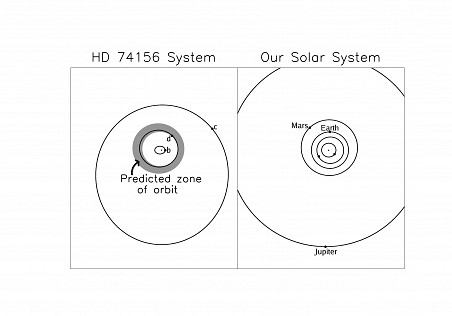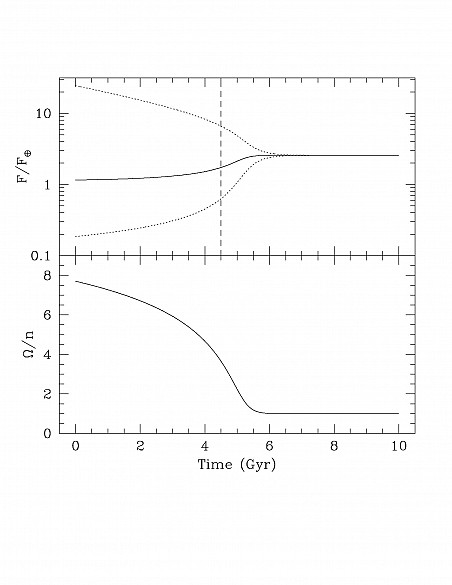2008 Annual Science Report
 VPL at University of Washington
Reporting | JUL 2007 – JUN 2008
VPL at University of Washington
Reporting | JUL 2007 – JUN 2008
Planet Formation and Dynamical Modeling
Project Summary
In this task, we use computer models of the formation of terrestrial planets and the chemistry in the protoplanetary disk to better understand how carbon, the backbone of life processes, becomes incorporated into
forming planets. Our planet formation models are also being used to understand planet formation around low-mass stars and binary stars, and how tidal interactions between planet and star can cause a planet’s orbit to evolve
over time, potentionally taking it into, or out of, the habitable zone.
Project Progress
We have extended models of terrestrial planet formation to new domains such as around low-mass stars and binary stars. We are developing a new model for the origin of carbon on the Earth and other habitable planets, based on studies of meteoritics, protoplanetary disk structure, and planetary accretion. We have also studied the long-term tidal-orbital evolution of habitable zone planets around low-mass stars, and found that in some cases planets may form in the habitable zone but evolve in to hotter orbits because of tidal effects. We have studied the formation of close-in terrestrial planets (e.g., “super-Earths”) and have shown that with high-precision transit and radial velocity information it may be possible to uniquely determine the formation mechanism. We have studied the dynamics of extra-solar planetary systems — in 2007 we were the first to successfully predict the mass and orbit of an exoplanet. We continue to develop new models for the formation and evolution of planets both in our own solar system and around other stars.


-
PROJECT INVESTIGATORS:
-
RELATED OBJECTIVES:
Objective 1.1
Models of formation and evolution of habitable planets
Objective 3.1
Sources of prebiotic materials and catalysts
Objective 4.3
Effects of extraterrestrial events upon the biosphere



